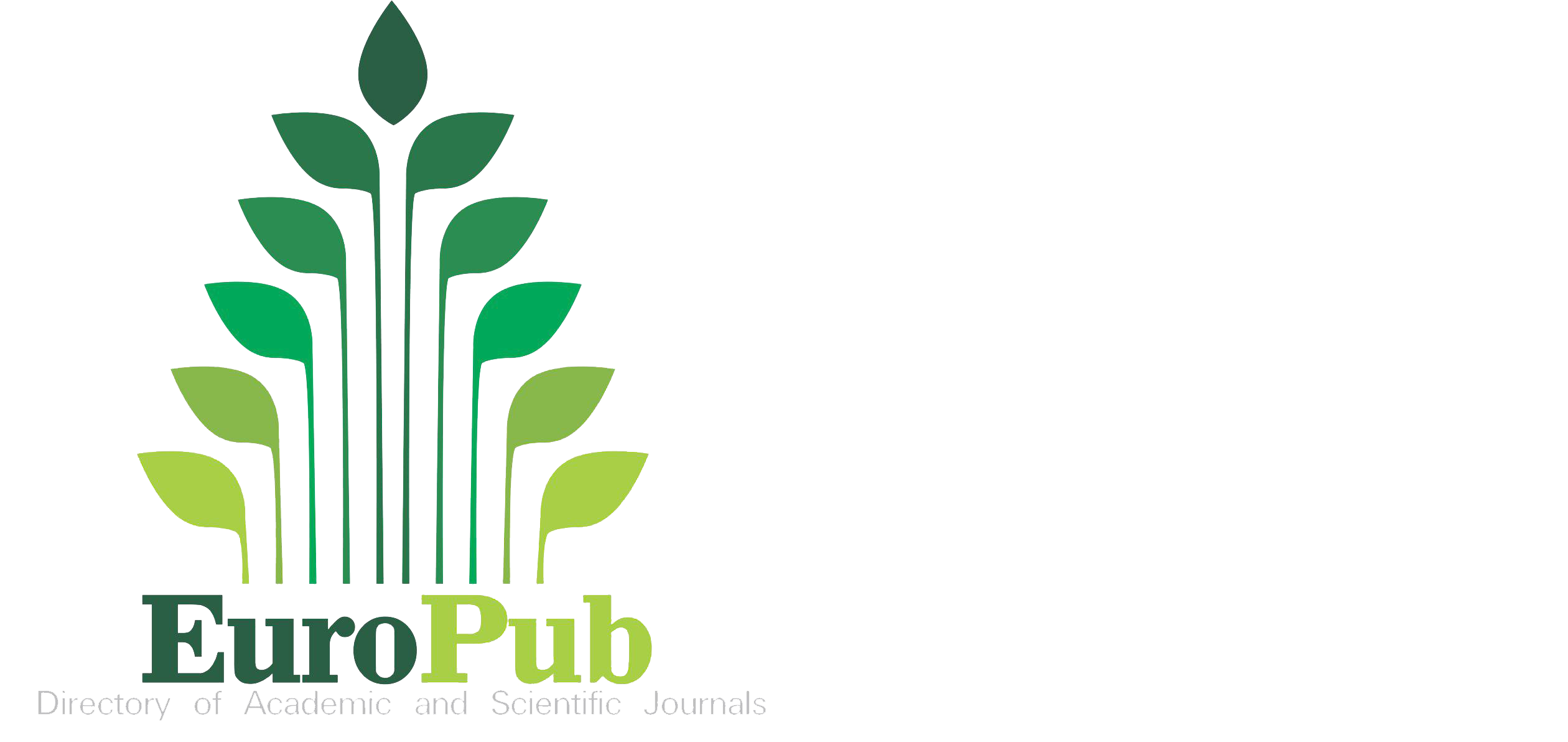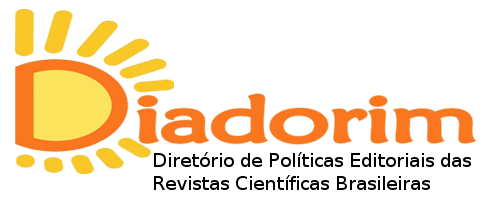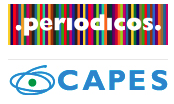Multimedia
a complement to traditional teaching of Pediatric Semiology
DOI:
https://doi.org/10.35699/2237-5864.2011.2016Keywords:
Teaching, Medical education, Multimedia, Semiology, PediatricsAbstract
Semiology refers to the “study and description of signs and symptoms from a disease”. In the Medical Faculty of Minas Gerais’ Federal University, the Pediatric Semiology is ministered in the 3rd year of Medical school. Since it is taught at the patient’s bedside, who is often in a chronic and debilitated state, the teachings are given in a partial matter, in respect to children’s and adolescent’s fatigue and privacy. To try to solve this problem the development of a multimedia material that could complement the teaching of Pediatric Semiology was proposed. After revision of the literature and comprehensive planning, movies and photographs of the normal physical exam of children and adolescents were made respecting ethical principles, texts were written and a program containing all the content was produced. The program was denominated “Virtual Pediatric Semiology” and will allow for a more ethic approach to the patient, optimizing teachings of Pediatrics.
Downloads
Downloads
Published
How to Cite
Issue
Section
License
Authors who publish in this journal retain the copyright and grant the journal the right of first publication, with the work simultaneously licensed under the Creative Commons Attribution License which allows the sharing of work with acknowledgment of authorship and initial publication in this journal.
Authors are authorized to take additional contracts separately, for non-exclusive distribution of the version of the work published in this journal (e.g. publish in institutional repository or as a book chapter), with acknowledgment of authorship and initial publication in this journal.
Open access policy:
Revista Docência do Ensino Superior is an Open Access journal, which means that all content is available free of charge, at no cost to the user or their institution. Users may read, download, copy, distribute, print, search, or link to the full texts of the articles, or use them for any other legal purpose, without seeking prior permission from the publisher or author, provided they respect the license to use the Creative Commons used by the journal. This definition of open access is in line with the Budapest Open Access Initiative (BOAI).
























